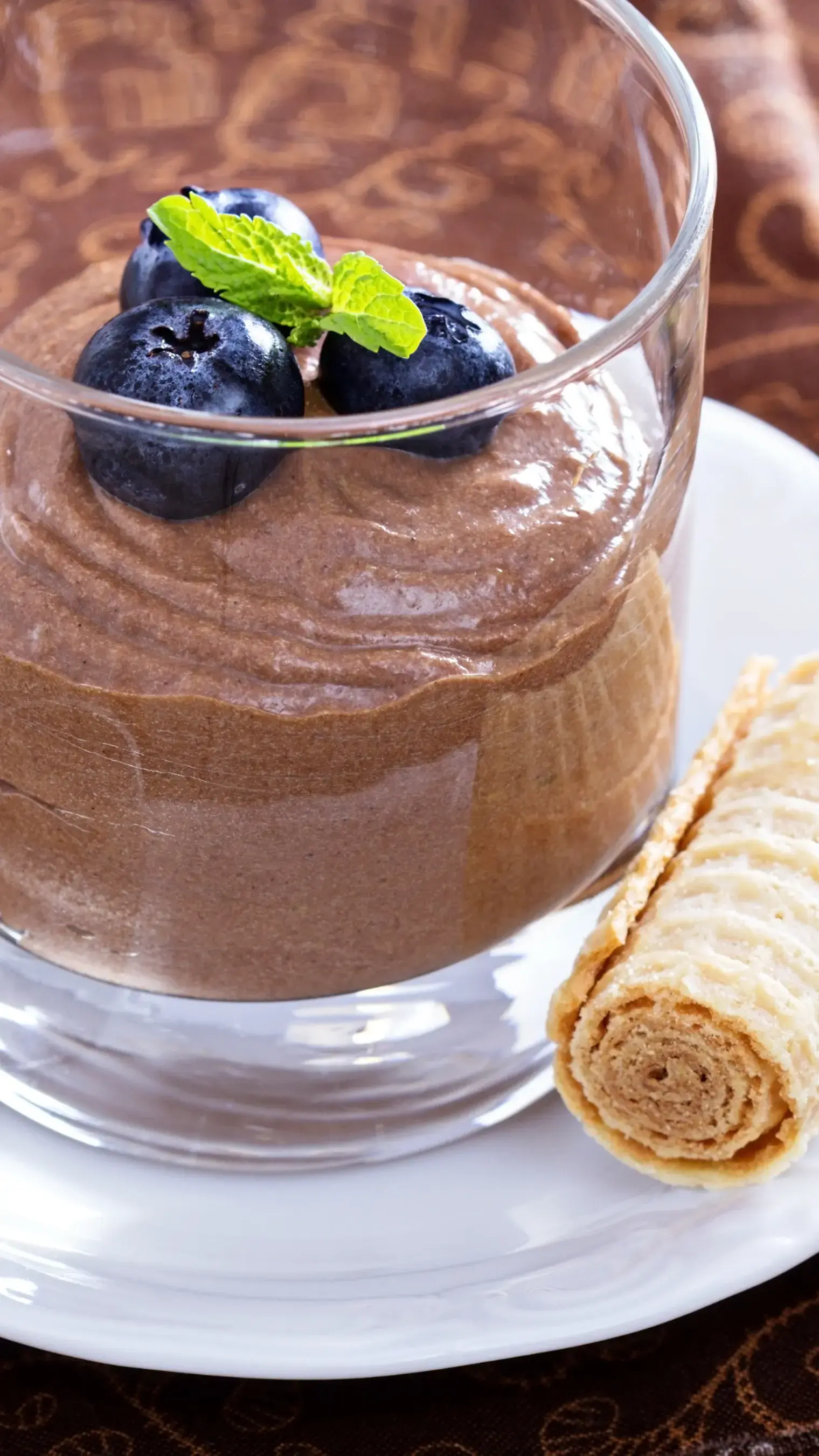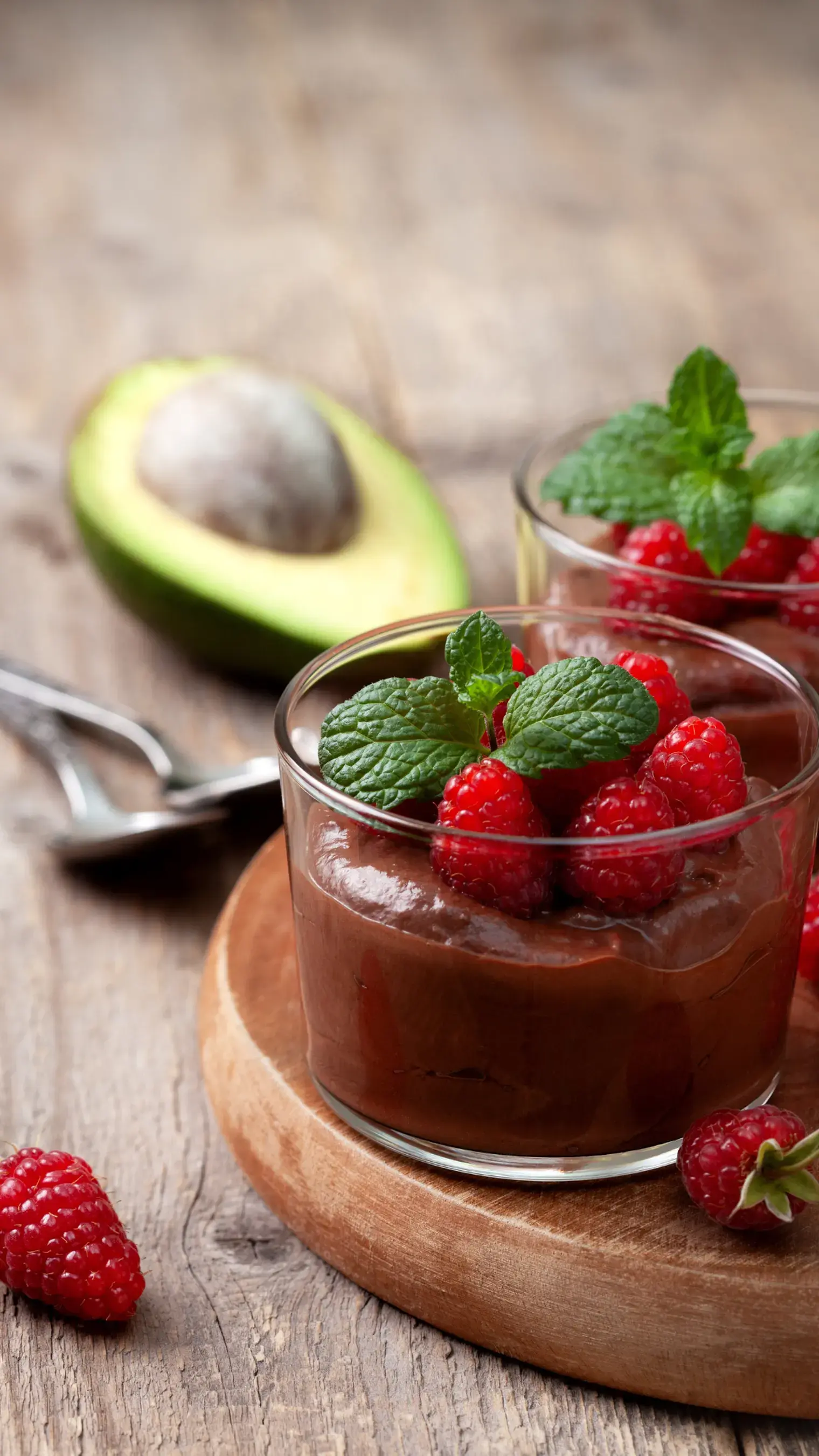When making doodh peda sweet, follow this recipe which uses khoya and leads to a treat that’s creamy and enriching.
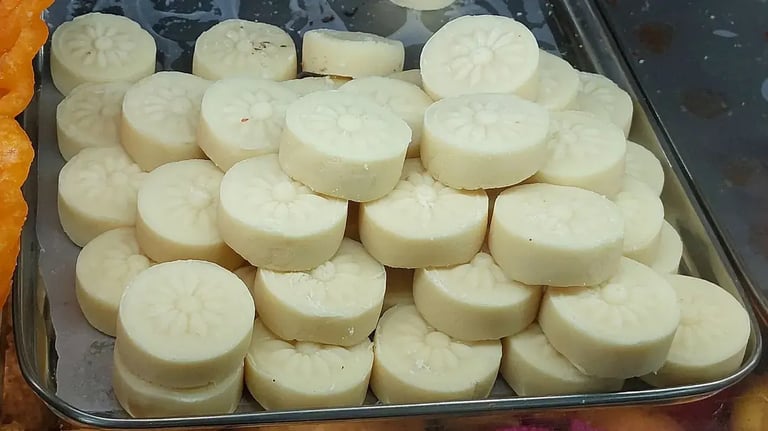
On Guru Purnima, sweets take on a sacred meaning. They’re not just a celebratory indulgence but a heartfelt offering, an expression of devotion to the guru, the one who dispels darkness and shows the path to light. Among the many traditional Indian sweets, doodh peda sweet holds a special place. Creamy, soft, and delicately flavored with cardamom, this treat made with khoya or mawa is rich, festive, and ideal for the occasion. This easy doodh peda recipe uses khoya as the base, cutting down on time without compromising on authenticity. Whether you're preparing prasad for a temple offering or a small home puja, these homemade pedas are bound to delight.
Ingredients (Makes about 15 medium sized pedas):
- 2 cups khoya (mawa), grated or crumbled
- ¾ cup powdered sugar (adjust to taste)
- ½ tsp cardamom powder
Optional flavorings and garnish:
- 1 tsp rose water (optional)
- 1 tbsp chopped pistachios or almonds
- Few strands of saffron soaked in 1 tbsp warm milk
- Edible silver leaf (varak), for festive presentation
Method:
- If using store bought khoya, make sure it’s at room temperature. Crumble it finely so it melts evenly while cooking. If it feels too firm, you can microwave it for 20 seconds to soften it. If you're using fresh homemade khoya, it’s usually soft and easier to work with. Use unsweetened khoya for best results. It should be moist but not watery.
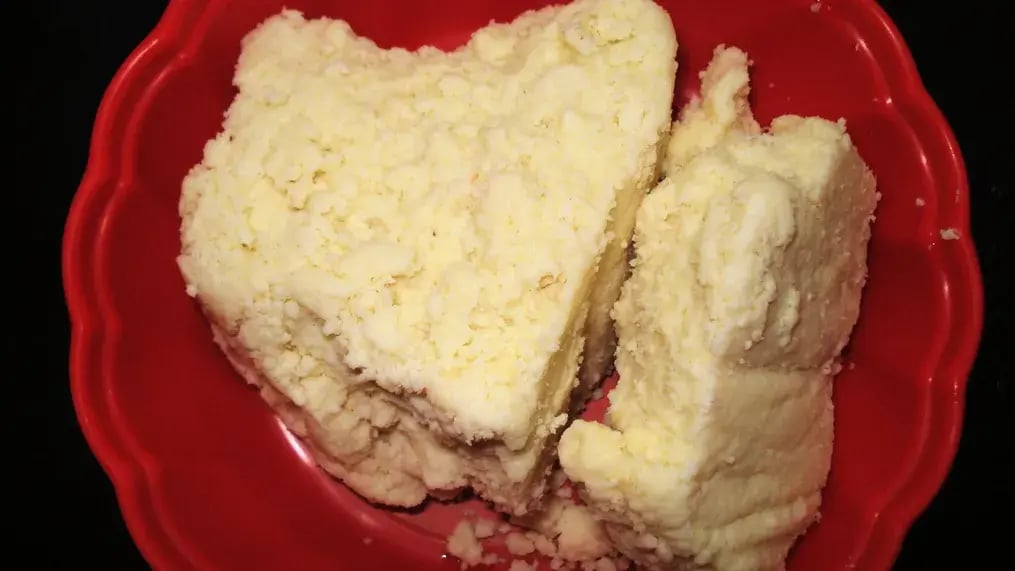
- Place a heavy bottomed pan on low heat. Add the crumbled khoya and start stirring slowly. As it heats up, it will soften further and begin to melt into a creamy mass. Stir continuously to prevent it from sticking or browning too much. This process takes about 8 minutes. The goal is to warm it thoroughly and remove any raw taste without changing its color.
- Once the khoya is soft and heated through, add the powdered sugar and continue stirring. The mixture will loosen slightly as the sugar melts. Keep cooking on low heat for another 5 minutes, stirring regularly. The mixture will gradually thicken again and start leaving the sides of the pan. At this stage, it should resemble a soft, fudge-like consistency.
- Add saffron milk or rose water now for extra aroma and a rich hue.
- Turn off the heat. Add cardamom powder and mix well to incorporate the flavor evenly.
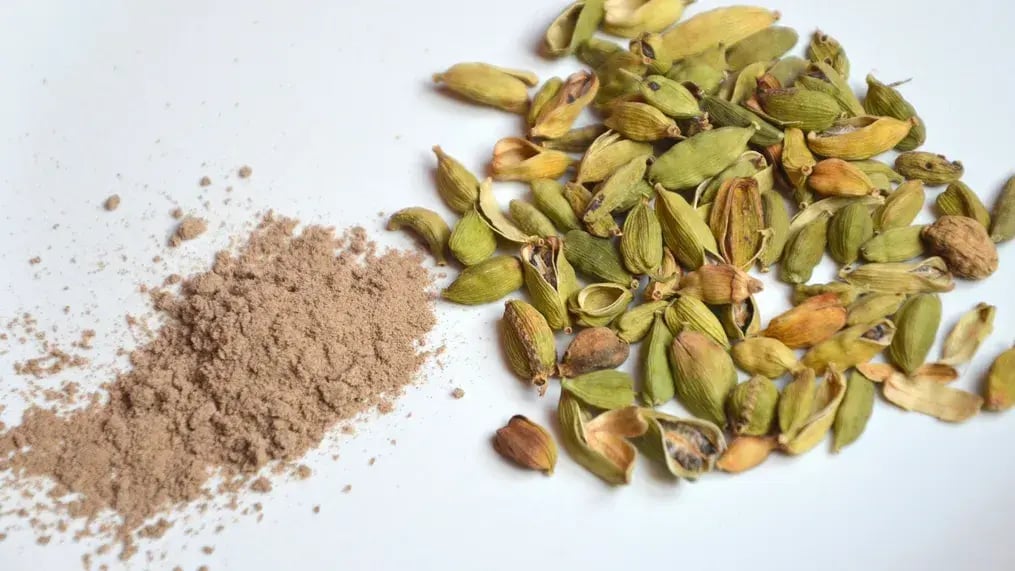
- Allow the mixture to cool slightly, enough so you can handle it comfortably. It will continue to firm up as it cools, so don’t wait too long to begin shaping.
- Grease your palms lightly with ghee or neutral oil. Take small portions of the warm mixture and roll them into smooth balls. If the mixture feels too soft, let it cool a bit more. If it hardens too much, warm it slightly to regain shapeability. Flatten gently between your palms to form pedas. If desired, press a piece of pistachio or almond in the center of each peda.
- Arrange the pedas on a plate or tray. Garnish with chopped nuts, a strand of saffron, or edible silver leaf for a festive touch.
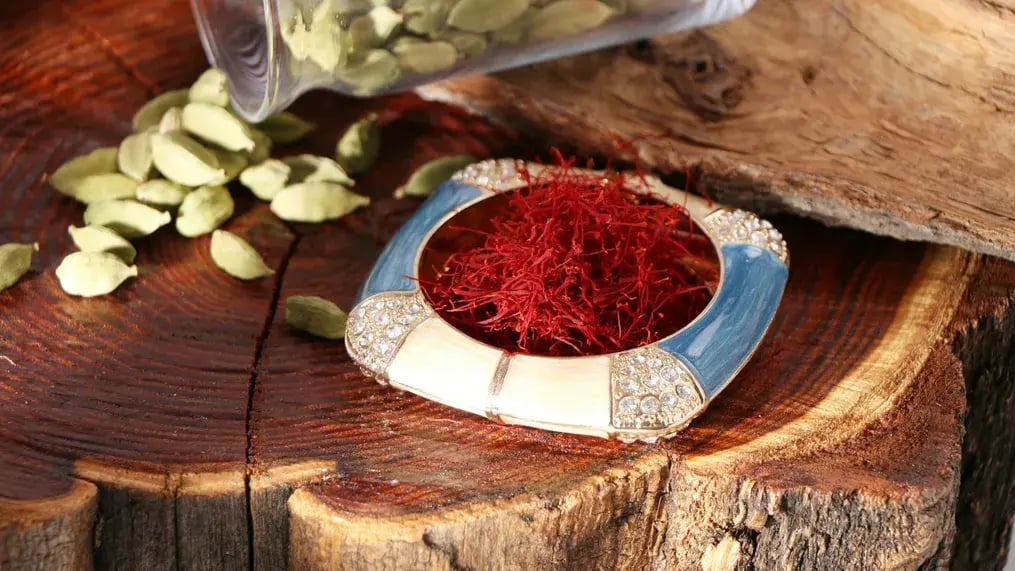
- Let them rest at room temperature for about 30 minutes to firm up completely before offering or serving.
- Store in an airtight container for 2 days in cool weather at room temperature. In warmer climates, refrigerate for up to a week. Bring to room temperature before serving to restore softness. You can also freeze the pedas for up to a month. Thaw overnight in the refrigerator and allow them to soften naturally before using.
Tips:
- Replace the powdered sugar with powdered jaggery for a richer, earthier flavor. Melt and strain the jaggery before adding to khoya to remove impurities.
- Add 1 tablespoon of cocoa powder while cooking for a kid-friendly twist. Skip saffron and garnish with chocolate chips.
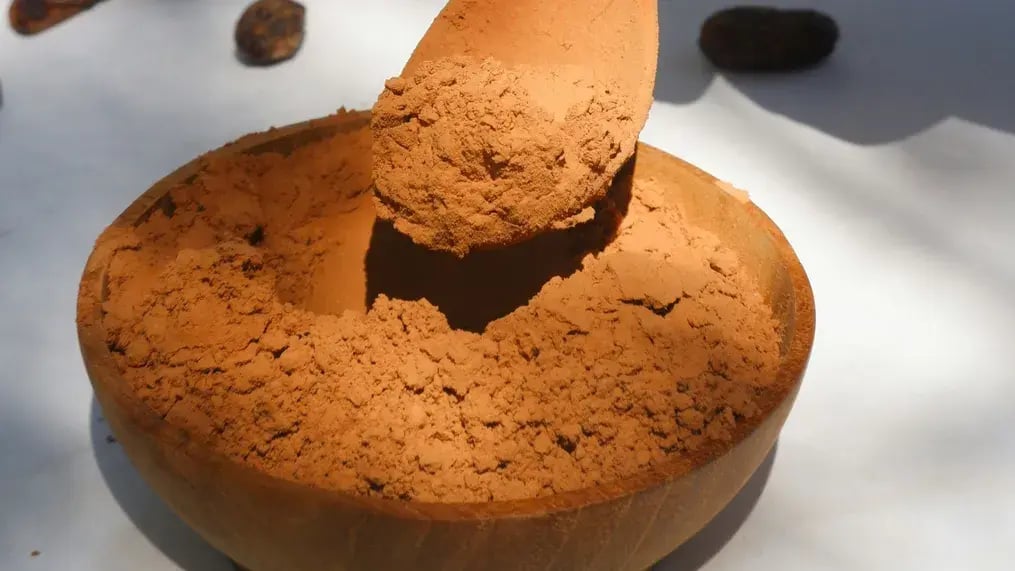
- Mix chopped roasted cashews or almonds directly into the mixture for added crunch and texture.
- Add 2 tablespoons of desiccated coconut while cooking for a layered flavor. Roll finished pedas in coconut for a snowy finish.
- Don’t rush the cooking since low heat ensures the khoya doesn’t brown or burn.
- Use powdered sugar instead of granulated sugar as it dissolves easily and gives a smooth texture.
- Consistency is key. Stop cooking when the mixture thickens but is still soft enough to roll.
Like This Article?
More Like This
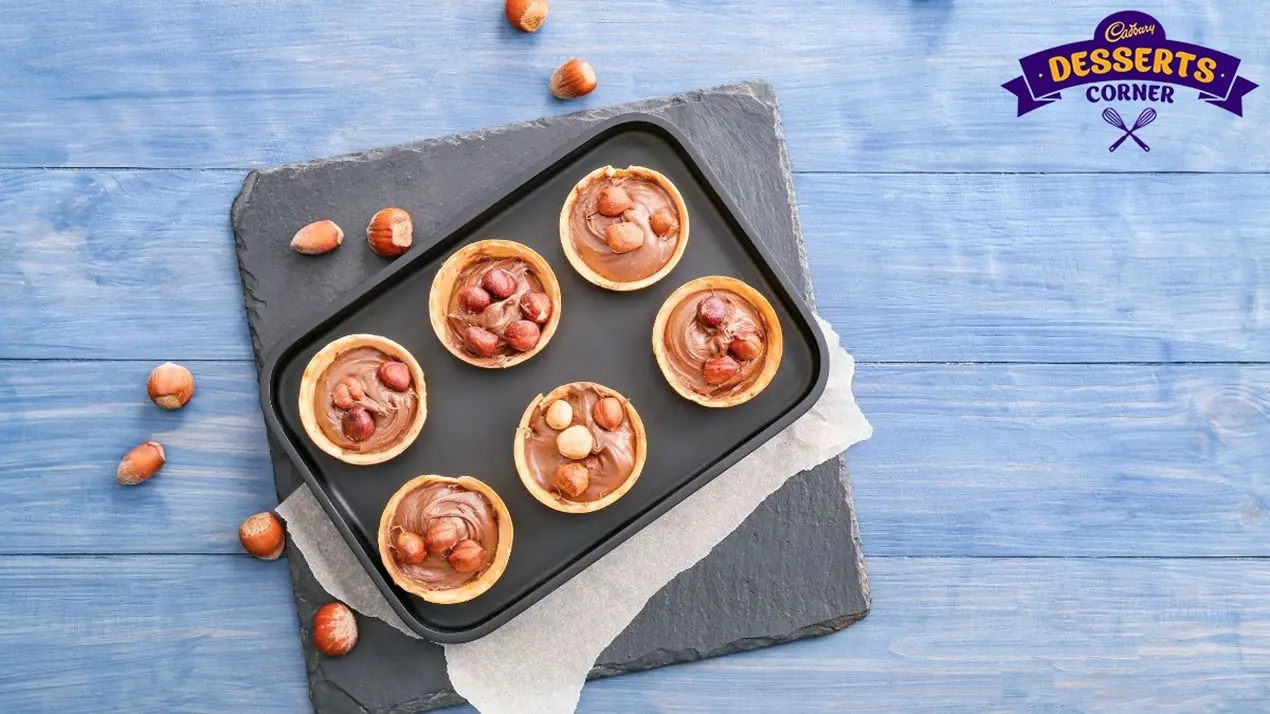
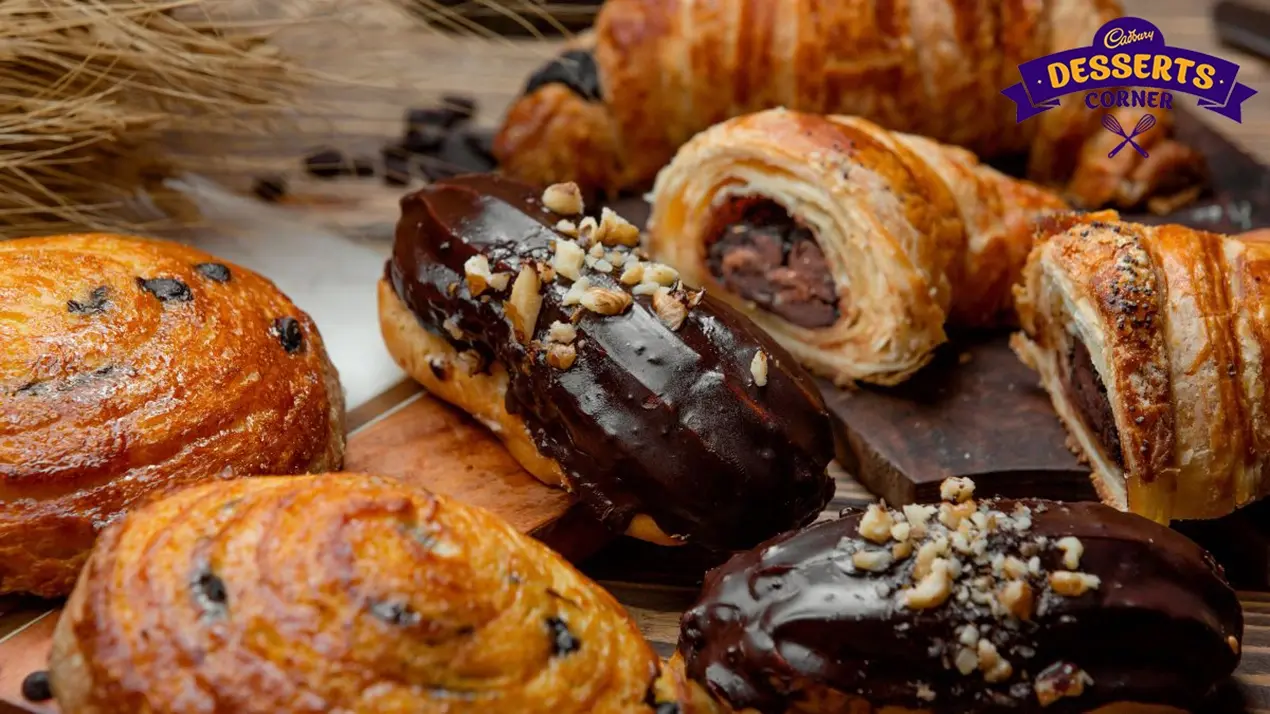

Popular Articles




Trending Web Stories
Curated Recipes



















